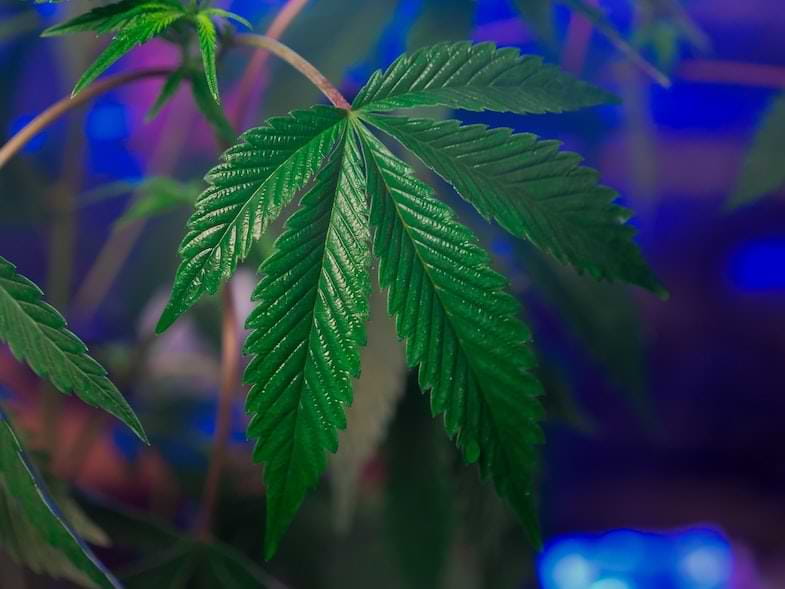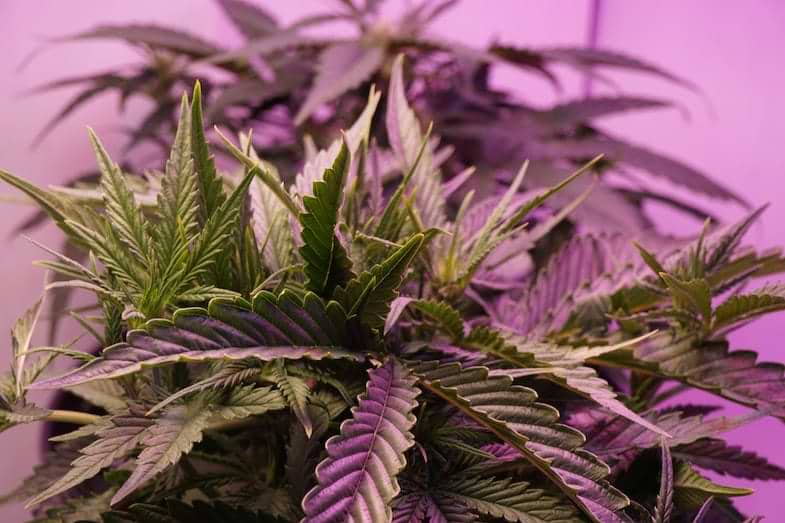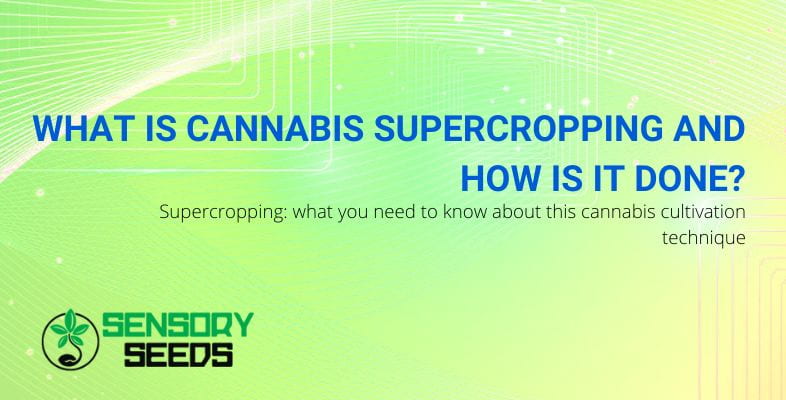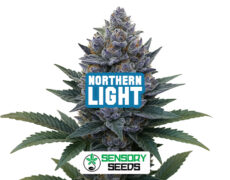Published on: 10/02/2023
Supercropping: what you need to know about this cannabis cultivation technique
What is supercropping and why is it so widespread among cannabis growers? If you have decided to open this article, it means that you have also been intrigued.
However, an inadvertent practice of this technique could seriously endanger an entire crop, resulting in poor yields.
Therefore, in this article we will try to understand how it works and why it should only be done by expert hands.


What is supercropping and why is it practiced?
Supercropping is a high-stress cultivation technique and, although it causes temporary damage to the cannabis plant, it is widely used because it allows you to obtain the best results.
But what is it specifically about?
Supercropping consists of breaking and repairing the internal cell walls, taking care to leave the external part intact. The possible results? Hopefully longer and thicker plants, precisely because cannabis plants get stronger after recovering from handling.
As you can imagine, this is a very complex method that requires only the intervention of expert hands. In fact, a beginner could jeopardize their entire crop if, for example, they overharvest plants that have suffered from pests, nutrient deficiencies, or any other type of negative stress.
Being a very stressful technique, the plants must be healthy to be able to face it in the best possible way.
As the grower becomes more familiar with the superculture, other experiments can be performed.
For example, it can be done in different ways and at different times during the plant’s life cycle. Some growers find that supercropping early in the vegetative stage helps encourage rapid growth with larger, more structurally sound plants. In fact, those who supercrop to help their plants better support the buds prefer to do it as soon as the third node grows: in this way, they will end up with big and strong plants at the time of flowering, ready to support even the densest flowers.
Others, on the other hand, exploit this technique in the last vegetative stages and at the beginning of flowering, with the aim of:
- uniform the crown;
- increase resin production for a bigger, more aromatic and ultra-potent harvest.
During recovery, plants will form thick, hard knots at harvest points. During flowering, these knots will help support the weight of the plant’s buds and the overall structure of the plant.
💡Note: This technique can be performed on all cannabis plants, except autoflowering ones, because they mature in a shorter period. In fact, supergrowing will alter your bud production and result in lower yields.
Read also : Micropropagation of cannabis: the cultivation method of the future?
How to practice supercropping (easy explained)
An experienced grower will first need to identify the tallest branches suitable for supercropping.
Starting from the bottom of the branch, it is gently grasped between the thumb and forefinger, being careful not to use the fingernails. At this point, a little pressure is applied while squeezing the branch, gradually rolling it between your fingers until the stem hangs down in the right place.
If the outer skin of the plant is splitting, it may help to use duct tape to reinforce the injured branch while it heals.
Once this is done, proceed upwards, leaving a few centimetres between one cut and another: it is advisable not to cut more than 2-3 knots from the tip.
After the super trim, the branches/plants should lean more to one side and the tips should be bent to about 90°. Once the branch has been cut and is leaning in the correct direction, it is time to tie it down at each collection point with twine or zip ties.
After about three days, the branch should start to show signs of healing.


What is the main benefit of cannabis supercultivation?
The main benefit of super growing cannabis indoors is the increased yields that come from growing more buds under optimized light intensity conditions.
But that is not all.
Thanks to this high-stress technique, the cannabis plant should have a slightly flatter flower canopy, without a dominant central bloom. This allows you to position your grow light at an ideal height, allowing the most buds to receive optimized light intensity levels (also known as an “optical sweet spot”).
Read also: Everything you need to know about cannabis breeding and its evolution
Conclusions
In this article we have seen what the supercropping technique consists of, a high-stress cultivation method used to obtain better performance from cannabis plants.
In any case, it is a very delicate process that should only be carried out by expert hands, otherwise you would risk compromising the entire harvest!
See you soon!









